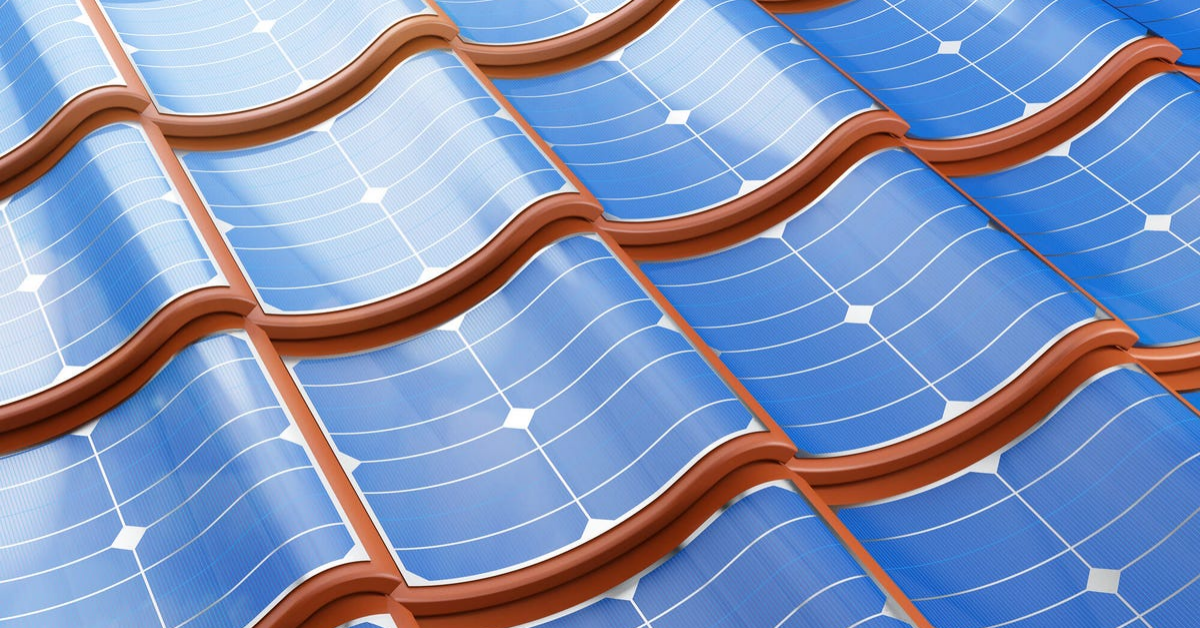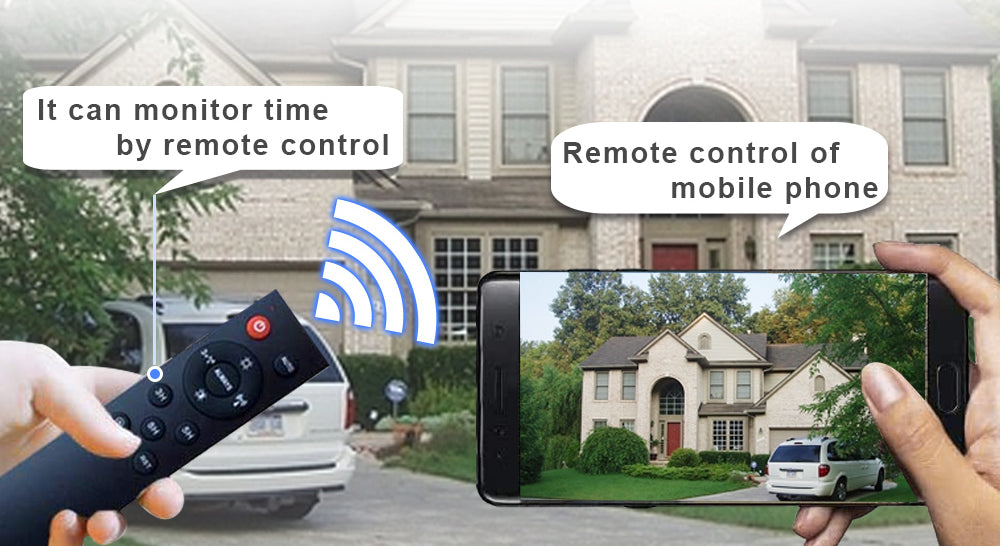Solar energy harvesting can successfully power indoor applications. The key is to keep certain design considerations in mind and not to pick the battery as an afterthought.
When you think of solar energy-harvesting applications, outdoor applications typically come to mind. Examples include street lighting, remote sensors, and more. People usually discount the fact that solar energy harvesting can be powered by ambient indoor lighting. As a result, it can play a key role in smart manufacturing facilities by running off the lights that the company is already paying to have on.
In a factory or manufacturing plant, for example, solar energy harvesting can enable solutions to run off the lights that are already paid for and already on. But what happens when the lights go out at night? Do you lose the sensing capability or access to any information from the solar-powered IoT devices? Absolutely not, you can of course turn off the lights at night like normal; you simply need to specify the right size energy storage element. Specifically, the storage systems must be sized to ensure a storage element can fully charge during the day and maintain system operation overnight. In other words, the whole system design has to fit the lighting profile.

Two common errors are not considering the different aspects of the end applications power profile and designing and specifying the power as an afterthought. Energy harvesting has a little bit of a black eye from the early days. People don’t understand it. If you don’t put it together right, you’ll get something that won’t work. For example, the stated battery capacity may be 3000 mAh/Hr, but that depends on an applications power consumption rate. So the most important thing for a designer to understand is the real-world conditions for their application. Often, very good designers are not experts in power, so they can design the sensor systems, layout the board, add the communications, but then the power part is a puzzle.”
A wirelessly powered Industrial Internet of Things (IIoT) system comprises several parts: power management, wireless communications, and data-processing ICs . There are several ways to achieve lower power: choice of wireless technology, long connection interval times, and sleeping electronics. Using long connection intervals, it’s possible to use transmission latency to collect the same amount of data or only transmit when there is a significant change. It also is advisable to choose a wireless technology that implements a short transmit duty cycle and use the sleep state as much as possible. The key is to think about the application and answer questions like: Do I need more data fast or can I wait to get my data later and use less power?
It also is important to consider the impact of data latency. It’s not just coulombs in and coulombs out; storage properties need careful consideration. Those properties include application voltage, application power consumption rate, self-discharge rate, self-discharge temperature dependence, charge efficiency (Pout/Pin), and the affect depth of discharge has on cycle life.
When it comes to choosing a battery, the battery capacity varies with the discharge rate. Keep in mind that batteries are usually quoted for low-rate steady discharge. In addition, all MFGs are not equal. Battery discharge profiles widely vary as well. For example, a supercapacitor can go from full voltage – typically around 2.7 V – down to O with no damage at all. Of course, there always is a tradeoff—in this case, it’s limitations in the power you can get out of the capacitor, while maintaining enough voltage to operate the electronics. Additionally for IIoT application usually some sort of wireless radio is used to transmit the sensor data. Radios typically draw large amounts of current from a battery when transmitting. This large pulse current draw can easily exceed a button batteries instantaneous current handing capability. The large pulse currents also draw the voltage of the battery down for a period of time and reduce the available capacity of the battery.
To maximize the performance of your storage choice, Stieler recommends that you do the following:
- Vet batteries from different vendors by testing capacity for your use case.
- Increase utilized capacity by adding a capacitor in parallel with the battery. This will reduce the load on the battery during high pulse current discharges.
- Allow full battery relaxation between connection internals. This will allow battery voltage to recover between high current discharges and maintains a higher battery capacity.
- Choose a low self-discharge battery technology.
Among other considerations that should be considered are ease of product integration, anticipated light source/level, voltage requirements, and environmental factors. With a solar-cell IV curve, for example, current changes proportionally with light intensity. Voltage only slightly decreases until the point where there is less than 10,000 lux. Below 10,000 lux, cell technologies will operate vastly different depending on optimization for low intensity light and cell leakage.
Look Beyond Nameplate Efficiency
Nameplate efficiency definitely does not tell the full story in terms of power, especially in indoor and low light intensity environments. Efficiency is typically quoted for panels under a light spectrum of AM1.5 at 1000 W/m2 illumination and 25°C. Yet indoor light sources have a much narrower spectrum. In addition, there is often poor cell matching in high-efficiency multijunction cells. For example, a triple-junction gallium-arsenide (GaAs) cell may not perform as well as many other cell types just because one junction is specially designed to gather infrared. As a result, it won’t work as well for indoor applications. The low intensity of indoor lighting also can be a factor due to a decrease in internal shunt resistance within a cell.
For long-lasting IIoT systems, generation capability must be included in the design. Consider what type of energy is available from which to harvest. When considering solar technology, is flexibility important? What kind of durability requirements does the application have? Is weight an important thing (typically not with IIoT applications)? As noted, it is quite easy to power a sensor continuously from room light. If the lights are on anyway, it’s free power. But you still need the right design for your application. Learning as much as you can about your application, make a prototype, and then use the prototype to verify what you’ve—from the initial measurements you took to the actual pulse profile, battery relaxation times in real-world conditions, and more. Only then can you be sure that the design you modeled will operate as planned and fulfill the needs of your IIoT application.
For more information, please click here: https://isolarparts.com
Twitter: Solarparts Instagram: Solarparts
Tumblr: Solarparts Pinterest: Solarparts
Facebook: Shenzhen Solarparts Inc
Email address: Philip@isolarparts.com



